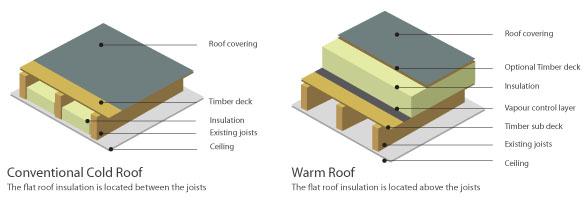I have a garage conversion that has an apex roof. There is no hatch to access the roof space. This has loft insulation laid across the joists but there is an empty void above this.
I would like to install spotlights in this room. I will figure out the direction of the joists and drill some pilot holes for the spotlights and then use the "steel wire" trick to make sure that I am not striking a joist. Once happy with these measurements, I can cut out the spotlight holes.
I have a set of cable fishing rods and wanted some advice and tips on how I fish them through given the rockwool insulation that will need to be penetrated. My holes are likely to be around 1.3 metres apart.
The room currently has two pendants in the centre. I will wago these and box them up as they will need to be maintenance free and extend the cable to the first spotlight.
Any suggestions will be gratefully received.
I would like to install spotlights in this room. I will figure out the direction of the joists and drill some pilot holes for the spotlights and then use the "steel wire" trick to make sure that I am not striking a joist. Once happy with these measurements, I can cut out the spotlight holes.
I have a set of cable fishing rods and wanted some advice and tips on how I fish them through given the rockwool insulation that will need to be penetrated. My holes are likely to be around 1.3 metres apart.
The room currently has two pendants in the centre. I will wago these and box them up as they will need to be maintenance free and extend the cable to the first spotlight.
Any suggestions will be gratefully received.


